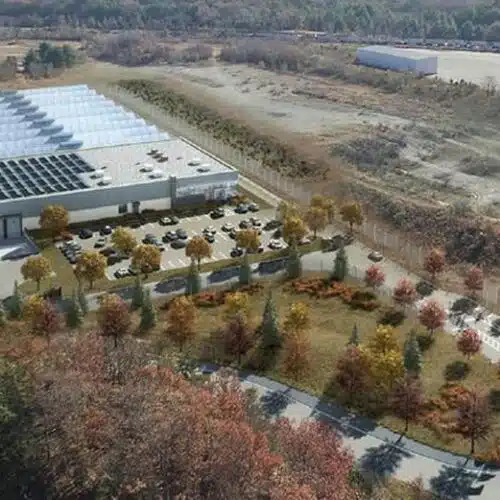A GUIDE TO EVALUATING CANNABIS 2
Nicholas King
Alpine Herbal Wellness
Last month I described key considerations to look for when evaluating the results of growing operations for cannabis. In this month’s installment, I look at issues more related to the quality of the smoking or vaporizing experiences.
CONSUMPTION CONSIDERATIONS
Harsh/smooth smoke
Initial rate of drying is the most important factor in a smooth smoke. If bud dries too quickly it becomes harsh to the throat and crumbles easily. Longer cure time also improves smoothness immensely.
• A: Smooth smoke, can be inhaled without coughing
• B: Smokeable but makes you cough.
• C and below: Hurts the throat to smoke, makes you cough.
Finished Dry Consistency
Bud should be slightly crunchy but malleable enough not to crumble into dust when pinched. Stems should crack when bent.
• A: Slightly crunchy but malleable enough to pinch without crumbling. Stems snap.
• B: Dry bud that crumbles into differentiated pieces when pinched without fragmenting into dust.
• C and below: Bud is either too dry and turns to dust, or too wet. If buds do not snap it has not been cured and is not ready to smoke. Also, a large portion of weight is water being held in the stem.
Male flowers/seeds
Sinsimilla contains no seeds. Stress from heat will often create hermaphrodites with male flowers appearing on female buds, often leading to pollination and seed development. Once seeds start to form, resin production and bud development halts. Male flowers resemble large pistils, often thicker and white and slightly hook shaped. Seeds will pop if smoked and smell like burning popcorn.
• A: No seeds, no sign of male flowers
• B: False seed pods that are empty, normal otherwise
• C and below: seeds or male flowers.
Smell
Smell should be clearly evident. Each strain grown to its potential naturally has a high level of terpines (natural oils) that act to fend off predators and encourage pollination. Smell becomes stronger as the plant reaches the last few weeks of flowering as the plant becomes more time invested. Each terpine has a differing effect, and acts in combination with other terpines as well as THC and CBDs to create the unique effects of each strain. Even genetically identical plants grown in differing environments will have varying levels natural chemicals that change the plant’s effects. Smell often is the best initial indicator to the plant’s specific effects. As experienced smokers start to associate smells with effects, they often form long-term subliminal associations that lead them to prefer cannabis with distinct smells, and avoid others that might not have the desired effects.
• A: Pungent, clearly evident smell when bud is cracked open.
• B: Light smell evident when bud is cracked open
• C and below: Hay smell or no smell
Hash and Keif
For those interested in hash and keif, here is a brief description of the distinction between the two and what to look for.
Hash and keif are essentially the same thing but are harvested differently. Traditionally, keif is made by harvesting the crystals from bud by shaking on a thin screen. Different screen sizes produce different quality levels. This can be best rated by how the hash/keif bubbles or burns. Bubbling with little residue is the best quality, while residue with little or no bubbling indicates more plant matter. Keif, which is a powder in raw form, can be turned into hash through compression and heating, forming a soft malleable product of the same relative quality. Keif is more often a higher quality than hash. Hash is most often produced using bubble bags, which allow a significant amount of plant matter to pass through the bags. Using butane or alcohol typically produces the highest quality with the least plant matter, as it absorbs the desired hash for extraction, then the butane or alcohol evaporates completely.
Nicholas King
Alpine Herbal Wellness


